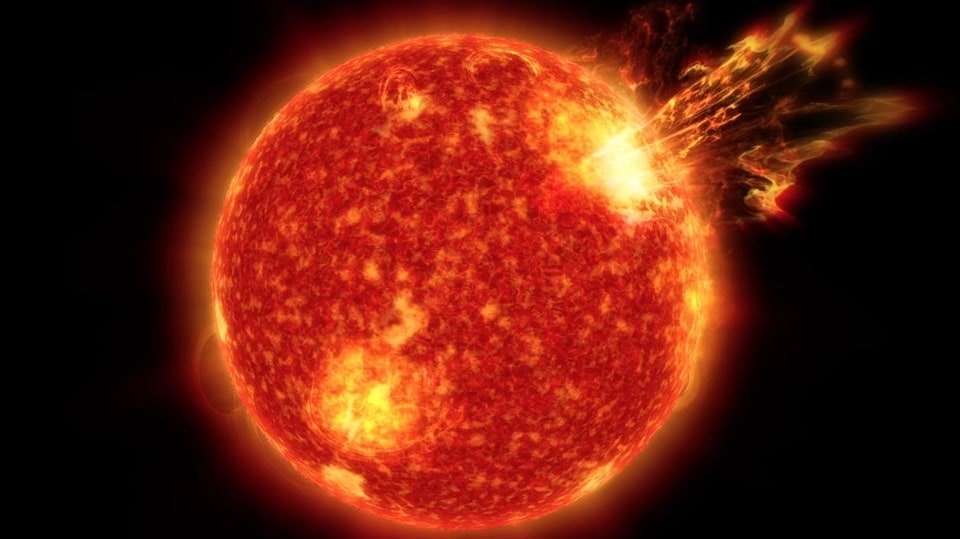Can solar storms be dangerous for humans? Find out here
Solar storms can definitely be dangerous for humans. Here is how.






 View all Images
View all ImagesHow bad can the impact of a solar storm be? Well, solar storms can be dangerous and can have severe impact on humans. According to a report by BBC, a solar storm affected a heart pacemaker and almost killed a woman. According to the report, a woman named Marie Moe, a cyber security researcher found her muscle just to the left of her breastbone pulsating while she was on a plane, about 20 minutes from Amsterdam.
"She knew immediately that something was wrong with her pacemaker, the small medical device implanted in her chest that used electrical impulses to steady her heartbeat," the report stated. The lady got afraid and alerted the cabin crew. The crew then arranged for an ambulance at the airport.
As Moe arrived at a nearby hospital and visited the doctors, a pacemaker technician soon discovered the issue. "It was the gadget's tiny computer. Data stored inside the pacemaker's computer, so crucial to its functioning, had somehow got corrupted," the report stated.
"And for Moe, the prime suspect that she says most likely sparked this unsettling episode was a cosmic ray from outer space: a chain of subatomic particles slamming into one another in the Earth's atmosphere, like balls colliding on a snooker table, with one eventually careering into her pacemaker's built-in computer mid-flight," the report added.
The report added, "The theory is that, upon impact, it caused an electrical imbalance that altered the computer's memory – and ultimately changed her understanding of the life-saving technology inside her forever."
"When computers go wrong, we tend to assume it's just some software hiccup, a bit of bad programming. But ionising radiation, including rays of protons blasted towards us by the sun, can also be the cause. These incidents, called single-event upsets, are rare and it can be impossible to be sure that cosmic rays were involved in a specific malfunction because they leave no trace behind them," it added.
Solar storms and its impact
According to NASA, solar storms are a variety of eruptions of mass and energy from the solar surface. Flares, prominences, sunspots, coronal mass ejections are the common harbingers of solar activity, as are plages and other related phenomena seen at other wavelengths. They all involve sudden releases of stored magnetic energy, which accelerates the hot gases near the surface or in the corona of the Sun. Sometimes these particles make it all the way to the Earth and beyond by flowing along the Sun's magnetic field into interplanetary space.
When the material collides with the Earth's magnetic field, it can dump particles into our upper atmosphere to cause auroras. The same 'charged' particles can produce their own magnetic fields which can modify the Earth's magnetic field and affect compass readings. The changing magnetic fields can also 'induce' electricity in long pipelines, or produce electrical surges in our power grids leading to brown outs and blackouts.
Catch all the Latest Tech News, Mobile News, Laptop News, Gaming news, Wearables News , How To News, also keep up with us on Whatsapp channel,Twitter, Facebook, Google News, and Instagram. For our latest videos, subscribe to our YouTube channel.































